Dealing with unexpected aggression in small pets can be a distressing experience for pet owners. As an owner, I have personally encountered this challenge and understand the importance of finding effective strategies to deal with aggression and restore peace in our homes.
When our beloved small pets exhibit sudden aggression, it is essential to delve deeper into the underlying causes and implement appropriate measures to address and manage this behavior. By doing so, we can ensure the well-being of not only our pets but also ourselves and our families.
According to numerous credible sources, including the American Veterinary Society of Animal Behavior (AVSAB) and the Centers for Disease Control and Prevention (CDC), there are various reasons why small pets may display aggression. These include conflict aggression, fear-based aggression, possessive aggression, and redirected aggression. It is crucial to understand these causes to develop effective treatment plans.
To deal with unexpected aggression in small pets, it is important to assess the risk and prioritize safety. Seeking professional assistance and implementing appropriate behavior modification programs can play a pivotal role in managing and reducing aggression. By identifying triggers, implementing safety measures, and using positive reinforcement techniques, we can enhance our chances of restoring peace and harmony in our homes.
Key Takeaways:
- Aggression in small pets can be distressing and challenging for pet owners.
- The causes of aggression in small pets include conflict, fear, possessiveness, and redirection.
- Assessing the risks and prioritizing safety are crucial when dealing with aggression.
- Professional assistance and behavior modification programs can help manage and reduce aggression.
- Implementing safety measures and using positive reinforcement techniques are essential in restoring peace and harmony in our homes.
Understanding the Causes of Aggression in Small Pets
Dogs and cats can display sudden aggression for various reasons. It is important to understand the underlying causes in order to effectively address and manage this behavior in small pets.
Fear Aggression
Fear aggression in small pets may arise from anxiety and a perceived threat. When a dog or cat feels scared or threatened, they may react aggressively as a defense mechanism.
Pain-Related Aggression
Pain or discomfort can also trigger aggression in small pets. Whether it’s from an injury or an underlying medical condition, pets may lash out when they experience physical distress.
Possessive Aggression
Small pets can exhibit possessive aggression when they become protective of their resources, such as food, toys, or even their owners. This type of aggression is often seen when a pet perceives a threat to their possessions.
Dominance-Related Aggression
Dominance-related aggression is a behavioral display aimed at establishing control. Some small pets may exhibit aggression to assert dominance over a situation or to assert their position in a hierarchy.
Frustration and Barrier Frustration
Frustration or barrier frustration can cause small pets to become aggressive. When a pet is unable to access something they desire or when their actions are restricted, they may respond with aggression out of frustration.
Understanding these underlying causes of aggression is crucial in developing effective treatment plans and addressing the behavior in small pets. By identifying the specific cause of the aggression, pet owners can implement appropriate strategies to mitigate the aggression and cultivate a harmonious environment for both the pet and the household.
Below is a table summarizing the different causes of aggression in small pets:
| Cause | Description |
|---|---|
| Fear Aggression | Aggression arising from anxiety and perceived threat |
| Pain-Related Aggression | Aggression triggered by pain or discomfort |
| Possessive Aggression | Aggression due to protectiveness over resources |
| Dominance-Related Aggression | Aggression aimed at establishing control and dominance |
| Frustration and Barrier Frustration | Aggression resulting from frustration or restricted access |
With an understanding of these causes, pet owners can work towards developing effective treatment plans and implementing the necessary behavior modification techniques to address and manage aggression in small pets.
Assessing and Managing Aggression in Small Pets
When it comes to aggression in small pets, it is crucial to assess the risk and prioritize the safety of everyone involved. The Centers for Disease Control and Prevention (CDC) highlights the prevalence of dog bites, making it essential to evaluate the severity of a bite and diagnose the underlying aggression in order to effectively manage it.
To properly manage aggression in small pets, preventative measures and safety protocols play a significant role. Identifying triggers and avoiding confrontational situations are key. Additionally, utilizing control devices such as head halters and leashes can help maintain control during potential aggressive encounters. Limiting the pet’s opportunities for aggressive interactions can also minimize the risk.
Behavior modification programs
One effective approach to managing aggression in small pets is behavior modification programs. These programs focus on positive reinforcement, teaching new responses, and desensitization to triggers. By rewarding desirable behavior and redirecting negative behavior, pet owners can gradually modify their pet’s aggressive tendencies.
“Behavior modification programs can be a powerful tool in reducing aggression in small pets. By using positive reinforcement techniques, we can effectively teach pets new behaviors and help them overcome their aggressive tendencies.” – Dr. Sarah Smith, Certified Canine Behaviorist
Behavior modification programs should be tailored to the specific needs of the pet and may require guidance from professionals such as certified canine behaviorists or veterinary behaviorists. These experts can provide valuable insight and support in developing a personalized plan for managing aggression.
By assessing aggression, implementing safety measures, and utilizing behavior modification programs, pet owners can effectively address and manage aggression in small pets. It is important to prioritize the safety of all family members and seek professional assistance when needed. With patience and persistence, pets can learn new behaviors and aggression can be minimized, creating a harmonious environment for both the pet and the household.
Treating Aggression in Small Pets
Treating aggression in small pets requires a comprehensive approach that includes a thorough assessment and a personalized treatment plan. As a pet owner, it is essential to seek professional assistance from experts who specialize in behavior modification for small pets.
Professional assistance can come in the form of a certified canine behaviorist or a veterinary behaviorist. These professionals have the knowledge and experience to guide you through the process of treating aggression in your small pet. They can provide valuable insights into behavior modification techniques, conditioning, and desensitization.
The treatment plan for aggression may involve a combination of different strategies. It is important to identify and avoid triggers that provoke aggressive behavior. This may include removing or limiting access to certain stimuli or situations that elicit aggression. Teaching new behaviors and providing positive reinforcement for desired responses are other effective approaches to address aggression.
“Treatment for aggression in small pets often includes behavior modification techniques, teaching new behaviors, and positive reinforcement.”
Control devices such as head halters and leashes can also be used as part of the treatment plan to manage your pet’s behavior. These tools can provide you with better control and help prevent aggressive outbursts in certain situations.
It is important to regularly reassess the effectiveness of the treatment plan and make necessary adjustments. Behavior modification takes time and consistency, so patience and persistence are key. Continuous evaluation of safety measures is crucial to ensure the well-being of both your pet and your household.
To summarize, treating aggression in small pets is a complex process that requires professional assistance and a tailored treatment plan. By working with experts in behavior modification, implementing positive reinforcement techniques, and consistently monitoring progress, you can effectively address aggression and restore peace in your home.
| Treating Aggression in Small Pets | Benefits |
|---|---|
| Professional assistance |
|
| Avoiding triggers |
|
| Teaching new behaviors |
|
| Positive reinforcement |
|
| Control devices |
|
Conclusion
Dealing with unexpected aggression in small pets can be a challenging and sometimes overwhelming experience. However, by understanding the causes of aggression, assessing risks, implementing safety measures, and seeking professional assistance, owners can effectively address and manage this behavior.
Through behavior modification programs and positive reinforcement techniques, aggression in small pets can be reduced or even eliminated, restoring peace and harmony in the home. Prioritizing safety is crucial, ensuring the well-being of both the pet and the entire household.
Stay patient and persistent during the process, as it may take time for behavioral changes to take hold. Remember, seeking help from certified professionals is highly recommended for personalized guidance and support. By implementing these effective strategies, small pet owners can regain control and create a safe and nurturing environment for their beloved companions.
FAQ
What are the primary causes of aggression in small pets?
The primary causes of aggression in small pets include fear, pain, possessiveness, dominance, and frustration.
How can I assess the risk of aggression in my small pet?
Assessing the risk of aggression involves evaluating the severity of bites, diagnosing the aggression, and considering the potential for harm to family members and other pets.
What safety measures can I take to manage aggression in my small pet?
Safety measures include identifying triggers, avoiding confrontational situations, using control devices like head halters and leashes, and limiting the pet’s opportunity for aggressive encounters.
Should I seek professional assistance to treat aggression in my small pet?
Yes, it is recommended to seek help from a certified canine behaviorist or veterinary behaviorist who can provide guidance in behavior modification techniques and develop a personalized treatment plan.
Can aggression in small pets be effectively reduced or eliminated?
Yes, with behavior modification programs and positive reinforcement techniques, aggression in small pets can be reduced or even eliminated, restoring peace and harmony in the home.

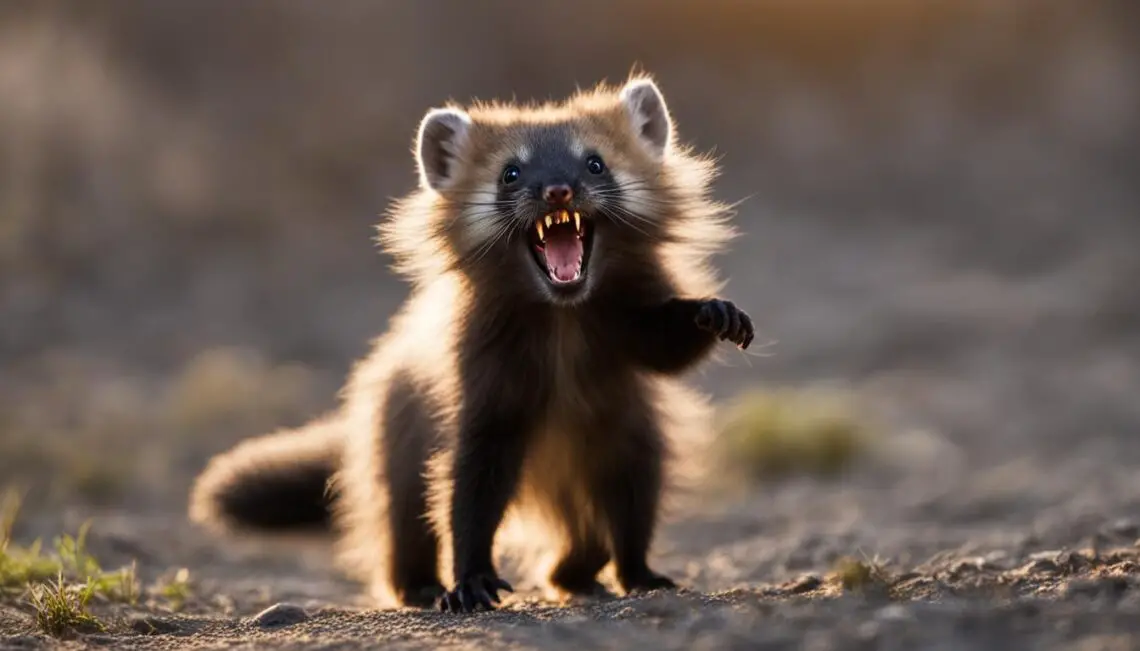
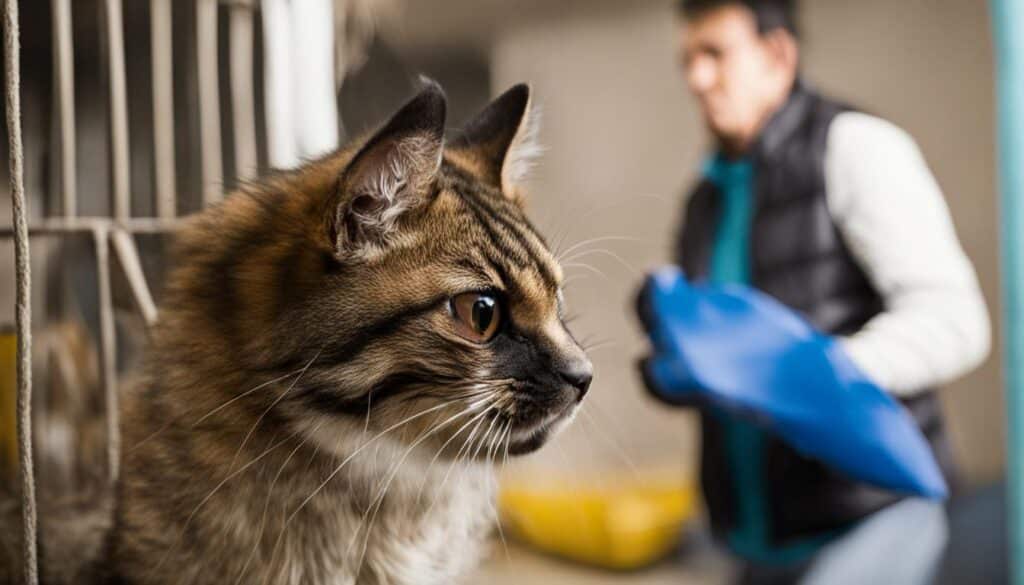
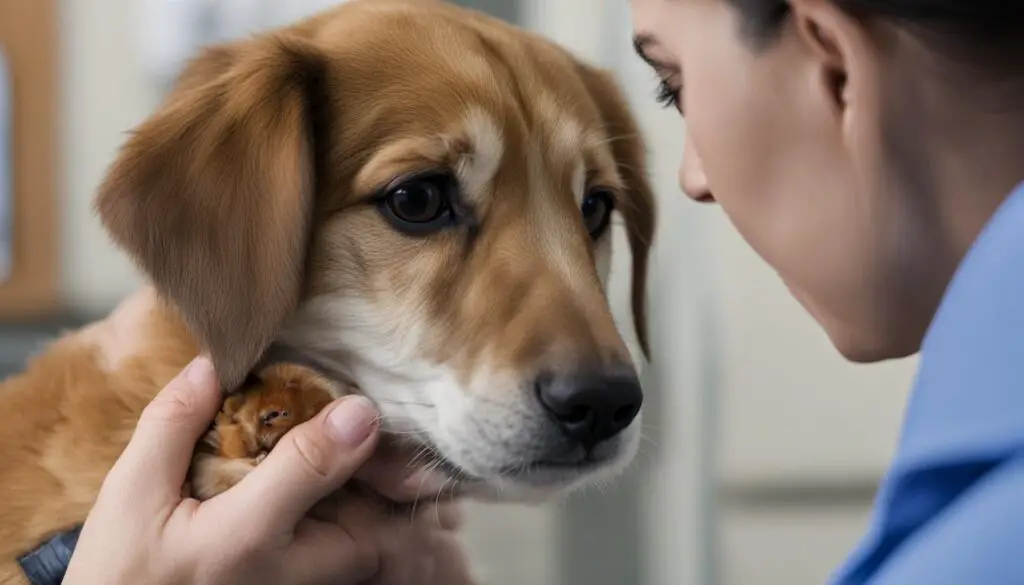
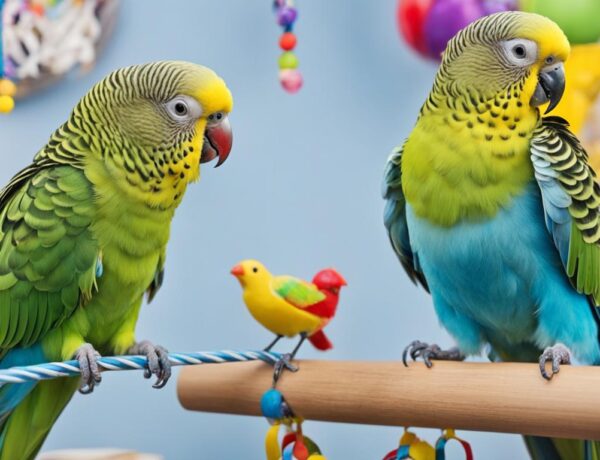
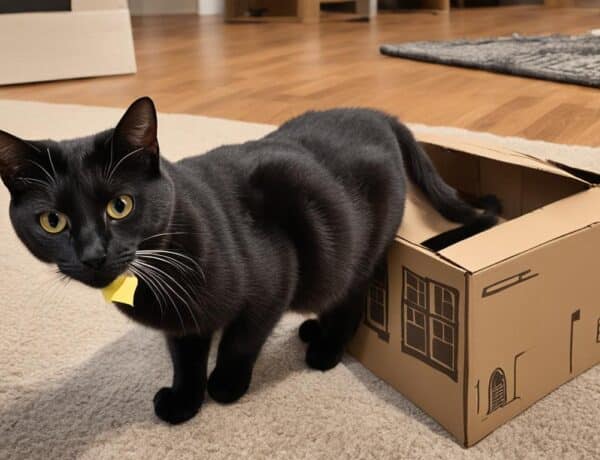
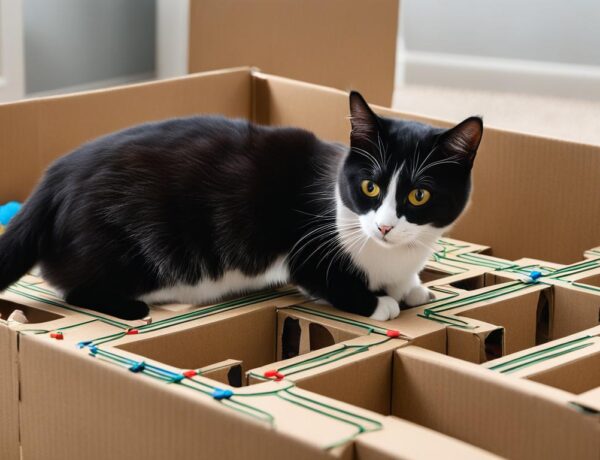
No Comments